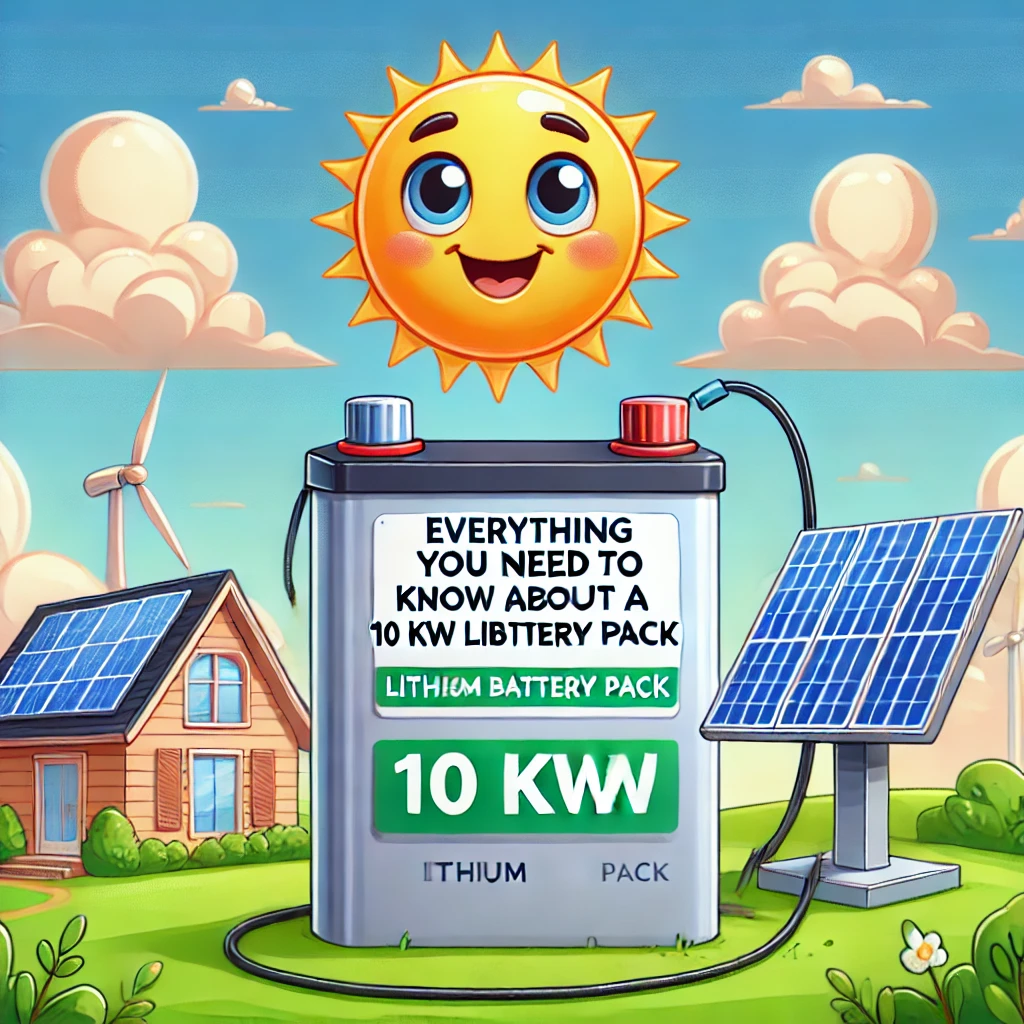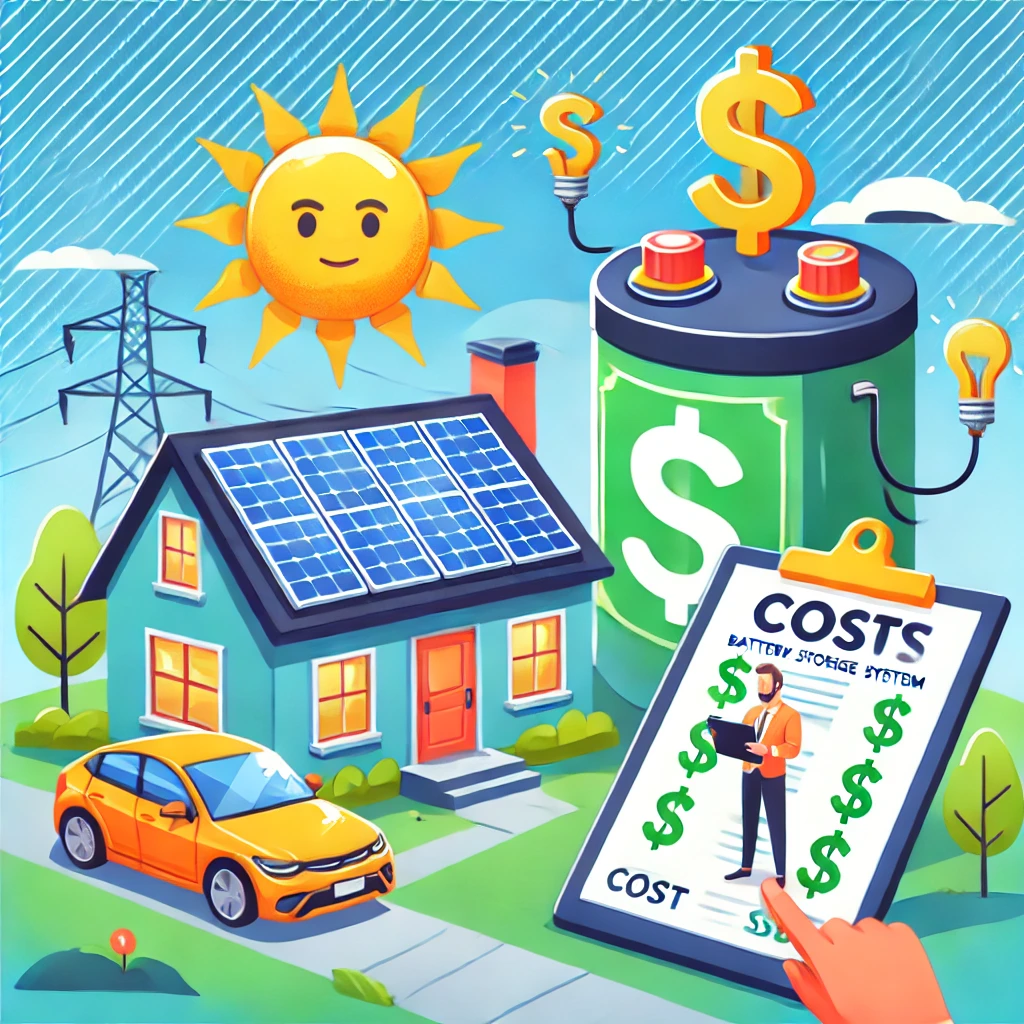In an era where staying connected is more important than ever, even outdoor enthusiasts seek ways to keep their devices powered during adventures. Whether you’re hiking through remote trails, camping in the wilderness, or embarking on a multi-day backpacking trip, a solar USB charger can be a game-changer. These portable, eco-friendly devices harness the sun’s energy to keep your gadgets charged, offering convenience and peace of mind in the great outdoors. This guide delves into everything you need to know about solar USB chargers for backpacking, from how they work to the best models on the market.
What is a Solar USB Charger?
A solar USB charger is a portable device that converts sunlight into electricity using photovoltaic (PV) cells. This electricity is then used to charge electronic devices through USB ports, such as smartphones, GPS units, cameras, and tablets. Designed for portability and durability, these chargers are especially popular among backpackers and outdoor enthusiasts who need reliable power sources off the grid.
How Do Solar USB Chargers Work?
- Solar Panel Absorption: The charger’s solar panels absorb sunlight and convert it into direct current (DC) electricity.
- Power Conversion: An internal converter changes the DC electricity into a form suitable for charging USB devices.
- Device Charging: Plug your USB-compatible devices into the charger to start the charging process. Some models also include built-in batteries to store power for later use.
Benefits of Using a Solar USB Charger for Backpacking
- Eco-Friendly Energy: Solar chargers utilize renewable energy, reducing your carbon footprint while enjoying the outdoors.
- Portability: Lightweight and compact designs make them easy to pack and carry without adding significant weight.
- Off-Grid Power: Provides a reliable source of energy in remote locations where traditional power sources are unavailable.
- Emergency Preparedness: Ensures that you can keep essential devices powered during emergencies or unexpected situations.
- Cost-Effective: Once purchased, solar energy is free, reducing the need for disposable batteries or finding power outlets.
Key Features to Consider When Choosing a Solar USB Charger
- Power Output:
- Measured in watts (W), higher wattage means faster charging times. For backpacking, a charger with at least 10-20W is recommended.
- Portability and Weight:
- Look for lightweight, foldable designs that are easy to attach to your backpack.
- Durability:
- Choose chargers with weather-resistant or waterproof materials to withstand outdoor conditions.
- Built-in Battery:
- Some models include integrated batteries to store solar energy for later use, which is helpful during cloudy days or nighttime.
- Number of USB Ports:
- Consider how many devices you need to charge simultaneously. Multiple USB ports can be a handy feature.
- Efficiency:
- Look for high-efficiency solar panels (usually monocrystalline) that maximize power conversion even in less-than-ideal sunlight.
Top Solar USB Chargers for Backpacking
- Anker PowerPort Solar Lite (15W):
- Lightweight, compact, and efficient with dual USB ports and high durability.
- BigBlue 28W Solar Charger:
- High power output, waterproof design, and smart charging technology for multiple devices.
- Nekteck 21W Solar Charger:
- Affordable, efficient, and foldable with two USB ports for simultaneous charging.
- Goal Zero Nomad 10:
- Rugged, reliable, and compact with integrated kickstand for optimal sunlight positioning.
- RAVPower 24W Solar Charger:
- High-efficiency solar panels, durable construction, and multiple charging ports.
Tips for Using Solar USB Chargers While Backpacking
- Position for Maximum Sunlight:
- Angle the panels towards the sun for optimal charging efficiency, and avoid shaded areas.
- Charge During Peak Sunlight Hours:
- Solar charging is most effective between 10 AM and 2 PM when sunlight is strongest.
- Use Built-in Battery Storage:
- If your charger has a built-in battery, charge it during the day and use the stored energy at night.
- Protect Devices from Overheating:
- Keep your devices shaded while charging to prevent overheating and potential damage.
- Keep Panels Clean:
- Wipe off dust and debris from the panels regularly to maintain optimal efficiency.
Maintenance and Care for Solar USB Chargers
- Storage: Store the charger in a cool, dry place when not in use to prevent damage.
- Cleaning: Use a soft cloth to clean the solar panels and avoid harsh chemicals that could damage the surface.
- Inspect for Damage: Regularly check for cracks, frayed wires, or other signs of wear that could affect performance.
Conclusion
A solar USB charger is a must-have tool for any backpacker seeking reliable, eco-friendly power on the go. By understanding how these chargers work and what features to look for, you can select the best model to suit your outdoor adventures. Whether you’re on a weekend hike or a multi-day trek, a solar USB charger ensures that your essential devices remain powered, keeping you connected and prepared no matter where your journey takes you.
Frequently Asked Questions (FAQs)
- How long does it take to charge a phone with a solar USB charger?
- Charging time varies based on sunlight conditions and the charger’s wattage, but it typically takes 2-4 hours in direct sunlight.
- Can I use a solar USB charger on cloudy days?
- Yes, but charging efficiency will be significantly reduced. Chargers with built-in batteries can store energy for use during cloudy conditions.
- Are solar USB chargers waterproof?
- Many models are water-resistant, but it’s important to check the specifications. Always protect your charger from heavy rain or submersion.
- Can I charge multiple devices at once?
- Yes, if the charger has multiple USB ports. However, charging multiple devices may slow down the process.
- Is a solar USB charger worth it for short trips?
- Yes, even on short trips, having a solar charger can be convenient for keeping devices powered without relying on traditional outlets.




